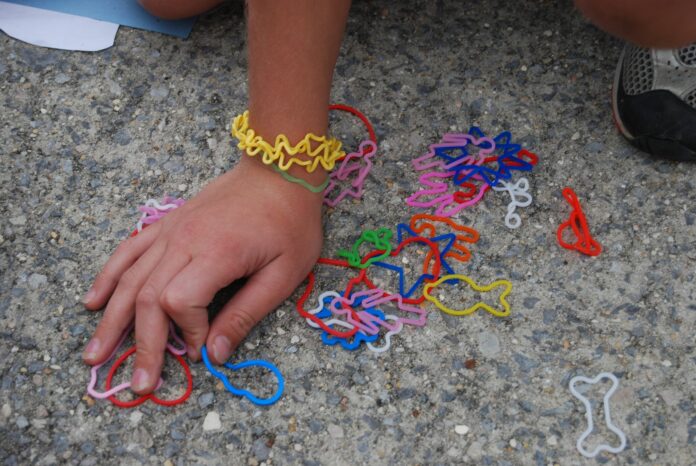Underlying implications of fads, changes over generations
As a materialistic nation, embedded in American culture is a want for what we don’t have. Fads come and go, but their existence embodies memories of the past, specifically our childhood. Seeing that the majority of current undergraduate students are Generation Z, these post-millennials experience an “inside joke” relationship surrounding fads that left as fast as these fads came.
In retrospect, toys and trends that were to die for during adolescence now remain distant memories of the past. These fads, however, shaped the childhood of many individuals. Silly Bandz, Heelys, Webkinz and Tech Decks were some of the many trends that have bonded Generation Z on a level that no other generation could fully understand.
“[Fads] brought people closer together,” said Kyle Cronin, a first-year ecological management restoration major. “Those that didn’t have much in common now had something in common. It was a big way of keeping friends and making friends.”
Every generation has distinct fads from their childhood that render a unique jargon of what was considered “cool” at the time. Of course, if Jimmy or Suzy had the latest and greatest, then everyone else had to have it too — or so we thought for the time being. These trivial items united individuals, while simultaneously isolating others.
As a result of materialism, economic hierarchy is a necessary part of the conversation. Keeping up with consumerism is inherently pricey. Devon Meyer, a second-year political science major, was perplexed thinking back to the amount of money her parents must have spent on these fads that she would “never touch again.”
While those who could afford to invest in the materialistic nature of fads swam in their clout and popularity in juvenescence, those who did not have the means to partake in the trends were marginalized.
“Those that didn’t have [Vine], are kind of left out even today,” Cronin said.
Not only were they isolated when the fad was considered “cool,” but they are also isolated from the experience of these inconsequential trends that we look back on and bond over today. Financial means, however, are not the only way in which fads divided individuals.
“Heelys made me feel left out because my mom would never let me get them,” Cronin admitted.
The empty feeling of lacking the experience of the “coolest” trend of the time is now referred to as “FOMO” or fear of missing out. Fads engrave a deep desire to be “cool” and to fit in with the crowd from a young age.
“[Fads] really laid the groundwork for a lot of us to seek validation and approval from others, external from ourselves,” said Ethan Wellerstein, a second-year international relations, philosophy and Spanish triple major.
The dopamine rush of engaging in consumerist values have “conditioned” individuals to “seek external validation” by the means of following the latest trends. As the generation to witness the rapid evolution of technology, Generation Z was arguably the last age group to undergo non-technological dominant fads in childhood.
“We had a good number of physical [fads] that were tangible,” Wellerstein said. “Our [fads] weren’t solely digital.”
Comparing Pokémon cards to Fortnite, for example, the players are required to interact with other people for the game to work. Rather than isolating oneself to a screen, Pokémon cards require face-to-face socialization, which is lacking in many modern fads. The new form of socializing is formatted by computer-mediated communication through the means of a device.
Fads in contemporary times are still “trying to make us look better [by] following whatever everyone else is doing,” according to Meyer. Now, however, they are digitized to showcase to the entire world, not just your friends on the playground.
“For some reason I felt so compelled to buy [Silly Bandz], to have a rainbow fruit loop collection of rubber bands going up my arms,” Meyer said. Now, you need to have “at least over 1,000 followers” to be considered relevant in the digitized world we live in.
In their childhood, Generation Z would become aware of the latest trends by word of mouth or advertisements on such popular television channels as Disney or Nickelodeon. Now, with on-demand streaming at our fingertips, these advertisements are minimal. Instead, social media advertisements target individual interests by monitoring online activity.
Fads still come and go in an endless cycle of consumeristic attraction to materialistic trends, whether they’re tangible or digital. Inevitably, fads create hierarchies, defining individuals by their material possession and knowledge of popular culture. Although controversial in the morals embedded in the meaning of fads, they do play a significant role in childhood — and create a good laugh looking back at old pictures when a few rubber bands would make or break your popularity.
Written by: Sierra Jimenez — arts@theaggie.org




